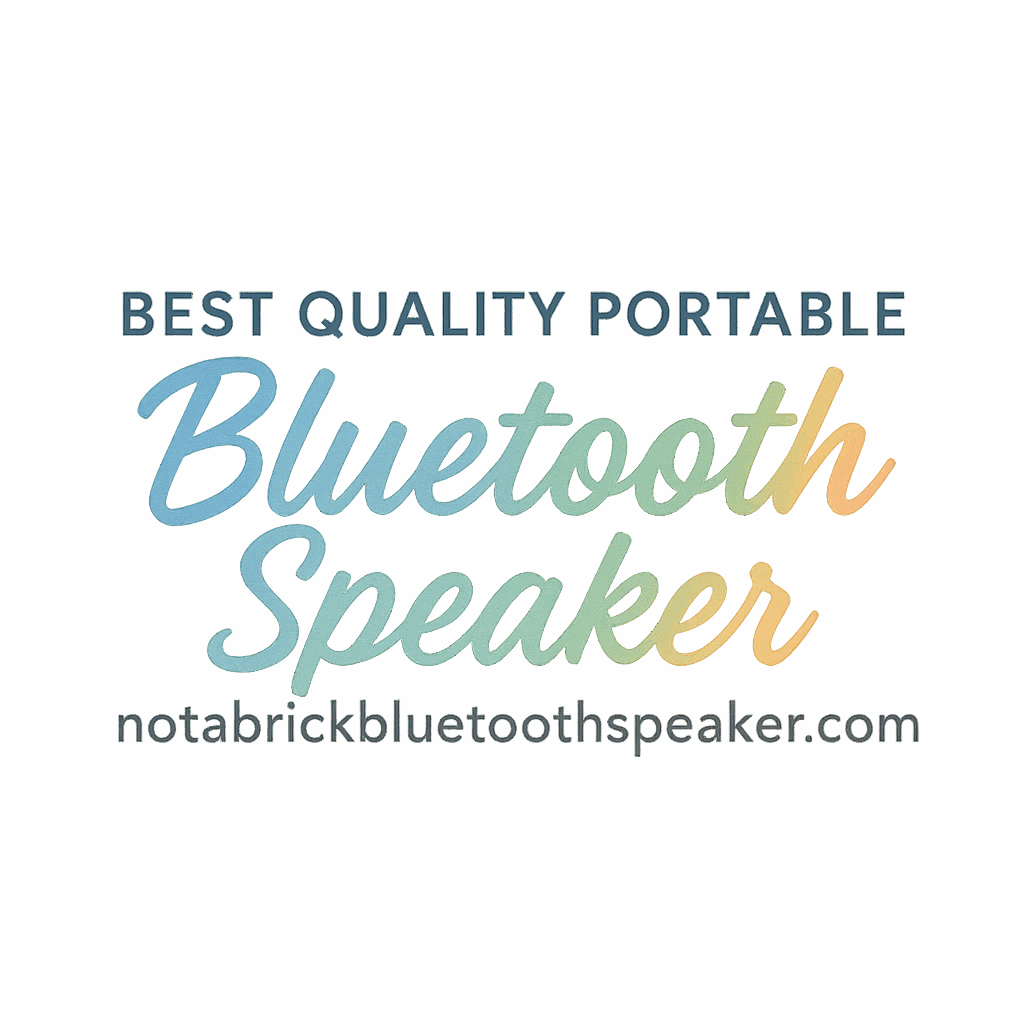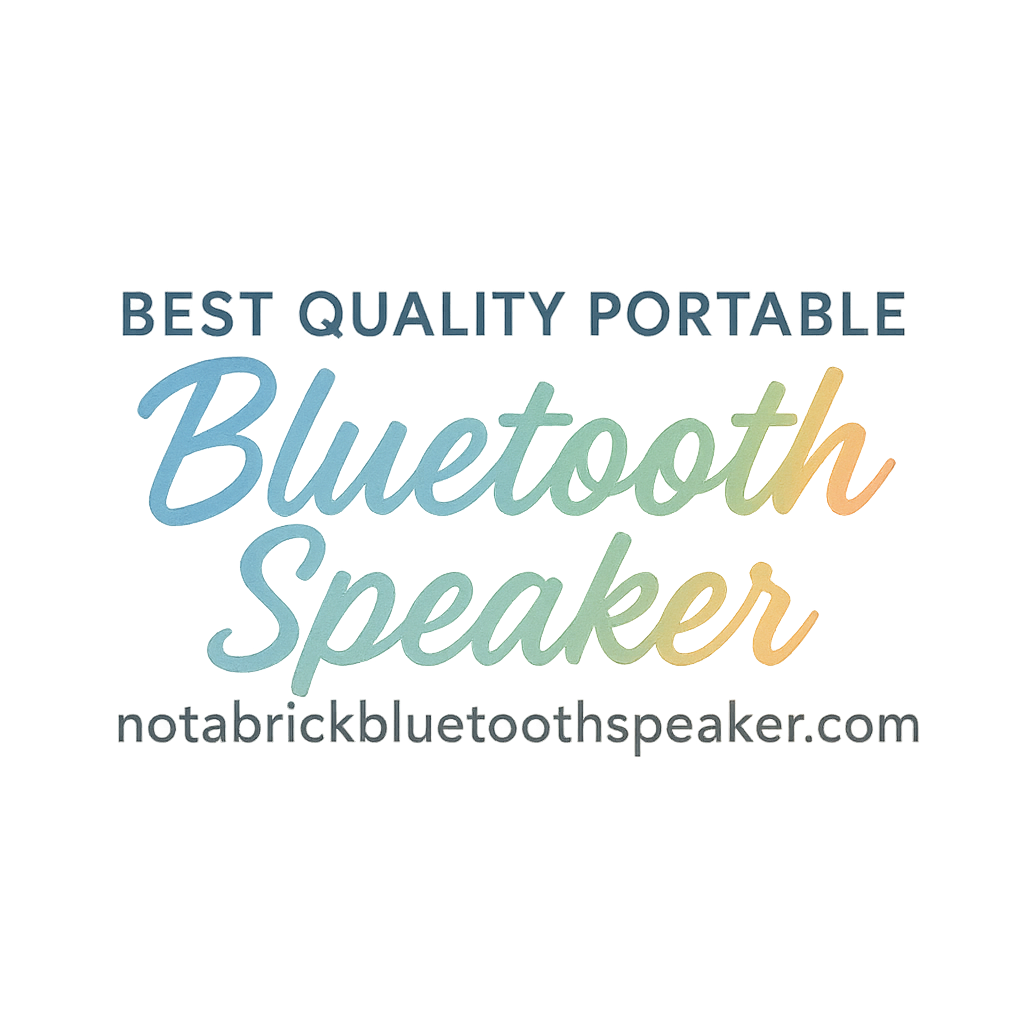Have a Bluetooth speaker that’s suddenly gone mute, refuses to pair, or just won’t turn on? Don’t toss it out just yet! Many common Bluetooth speaker issues can be fixed right at home — no fancy repair skills needed. In this guide, I’ll walk you through 5 essential Bluetooth speaker repair tips for beginners that can bring your music companion back to life.
Whether you’re using a JBL, Sony, or a lesser-known brand, these basic repair techniques work across the board. So, roll up your sleeves, and let’s get into the nitty-gritty of speaker revival.
Understanding Your Bluetooth Speaker
Before we start repairing anything, let’s talk about what we’re working with.
Common Components Inside a Bluetooth Speaker
Every Bluetooth speaker, no matter the size or brand, generally includes:
- A battery (usually lithium-ion)
- A main circuit board (PCB)
- Bluetooth module
- Charging port (USB-C, micro-USB, or Lightning)
- Speaker drivers
- Control buttons
Tools You’ll Need Before Starting Repairs
Here’s a beginner-friendly toolkit you should gather:
- A small screwdriver set
- Tweezers
- Multimeter (for testing power and battery)
- Soft brush or compressed air
- Soldering iron (optional, but helpful)
- Magnifying glass or flashlight
Make sure to keep your work area well-lit and static-free!
Tip 1: Fixing Bluetooth Pairing Issues
Ah, the classic “Why won’t my phone connect?” headache. Thankfully, this is usually the easiest fix.
Step-by-Step Bluetooth Pairing Reset
- Turn off your speaker and the Bluetooth on your device.
- Remove the device from your paired list.
- Restart both devices.
- Enable Bluetooth on your phone, then hold the speaker’s pairing button (often a power + Bluetooth combo).
- Watch for flashing LED indicators — that means it’s in pairing mode!
Check for Signal Interference
Things like Wi-Fi routers, microwaves, and even walls can mess with Bluetooth signals. Move your devices closer and try again.
Re-pair with the Device
Still not pairing? Do a full factory reset (refer to your speaker’s manual). This usually clears connection bugs.
For more detailed help, check our Bluetooth Fix Tag and Pairing Troubleshooting Guide.
Tip 2: Repairing Charging Problems
A Bluetooth speaker that won’t charge can make you panic. Don’t worry — it’s usually one of two things: dirt or damage.
Diagnosing a Faulty Charging Port
First, visually inspect the port. Is it bent? Loose? Filled with lint?
Cleaning the Port Properly
Use a toothpick or a soft brush to remove gunk. Avoid using metal objects. A can of compressed air works wonders too.
Replacing the Charging Port Safely
If cleaning doesn’t help, the port might be dead. Replacing it requires a bit of soldering, or you can visit a repair center. You’ll find a full step-by-step in our Maintenance & Troubleshooting section.
For alternatives or better-designed ports, visit our Buying Guides.
Tip 3: Improving Sound Output Issues
If your speaker powers up but sounds like it’s underwater, you’re not alone. Sound issues are incredibly common.
Check for Physical Blockages or Dust
Dust can muffle your speaker — especially if it lives in your backpack. Use a soft brush to clean speaker grilles.
Internal Speaker Driver Faults
Still no improvement? One or both speaker drivers might be blown. These can be replaced, though it’s a delicate process.
Update Firmware or Reset Audio Settings
Some modern speakers allow firmware updates via apps. Check the brand’s official app for updates. If available, update and test again.
Need audio improvement hacks? Don’t miss our Sound Tips and Features & Specs Guides.

Tip 4: Dealing with Battery Not Holding Charge
Battery not lasting more than 10 minutes? Time to investigate the juice source.
How to Test Your Speaker’s Battery Health
Use a multimeter to check battery voltage. Compare the readings to the battery’s rated voltage (usually printed on it).
When to Replace the Battery
If the reading is way below the norm, the battery is likely degraded. Most batteries have a lifespan of 300–500 charge cycles.
Choosing the Right Replacement Battery
Always opt for a compatible battery (voltage and size). Find OEM or reputable third-party options and follow tutorials found in our Care Tag.
Also check out our Long-lasting Audio Guide for better battery habits.
Tip 5: Speaker Not Turning On at All
Nothing happens when you press the power button? Time for some deep troubleshooting.
Hard Reset vs. Factory Reset
Some Bluetooth speakers have a hard reset (holding multiple buttons for 10+ seconds). This can clear bugs that prevent startup.
Power Supply Line Check
Open the back and use a multimeter to see if power is flowing to the board. If not, your charging circuit may be fried.
Internal Circuit Board Inspection
Look for burn marks, cracked solder joints, or damaged components. You may need a soldering iron to fix minor issues.
If you’re overwhelmed, explore our Comparison Reviews to find a better replacement.
Extra Beginner Repair Tips to Keep in Mind
Practice Safe Handling and Storage
- Always disconnect the battery before poking around inside.
- Work on a non-metallic surface.
- Wear anti-static gloves if possible.
Always Use Manufacturer-Approved Parts
While third-party parts are cheaper, they can affect performance. Stick with certified replacements when possible. Explore our Usage Tips & Tricks for more safe practices.
When to Seek Professional Help
Signs That Indicate Advanced Damage
- Burned components or strong electrical smells
- Nothing improves after trying all fixes
- Loose components inside the speaker
At that point, it’s safer (and often cheaper) to get a new unit or consult a pro. Our Buying Guide Tag helps with smart replacements.
Wrapping It All Up
Bluetooth speakers are built tough, but like anything, they wear down. These 5 Bluetooth speaker repair tips for beginners should help you diagnose and fix most common issues — from pairing troubles to dead batteries. With a bit of patience (and the right tools), you can save yourself a trip to the store and keep your tunes flowing.
Don’t forget to explore related repair guides and product advice at Not A Brick Bluetooth Speaker — your ultimate speaker knowledge hub.
FAQs
1. Can I repair a Bluetooth speaker without soldering anything?
Yes! Many fixes like pairing issues, cleaning ports, or updating firmware don’t need soldering.
2. How do I know if my speaker’s battery is dead?
Use a multimeter to check its voltage. If it’s below the recommended level, it’s likely drained beyond recovery.
3. Is it worth fixing an old speaker or just buying a new one?
If the repair is simple and under $20, go for it. But for cracked boards or dead Bluetooth chips, replacement is often better.
4. How can I make my speaker last longer?
Avoid overcharging, keep it clean, and store it in a cool, dry place. See our Habits for Speaker Longevity.
5. Why does my speaker keep disconnecting from my phone?
It could be signal interference, low battery, or outdated firmware. Try resetting and updating both devices.
6. Are JBL speakers easier to repair than other brands?
JBL has a strong user community and support, making repair guides easy to find. Start with our JBL Tag.
7. What should I do if sound only comes out of one side?
Check for a damaged speaker driver or loose internal wire. Our Sound Tag dives deeper into this issue.


